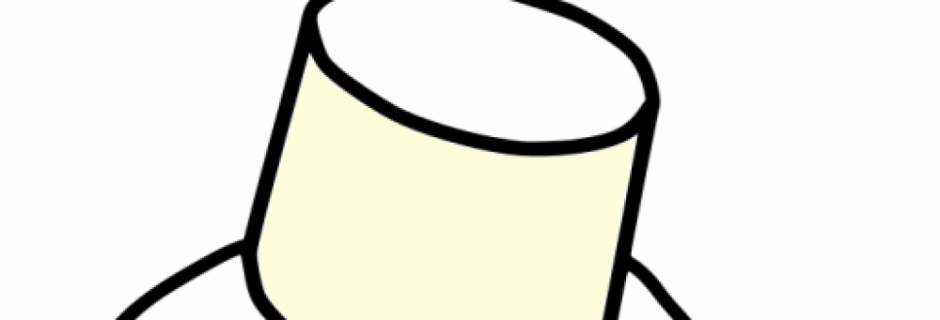First up though, some ontology to make it easier to talk about this – “concrete, subtle, causal”.
The concrete world is the world of atoms. It’s physical and literal. (sometimes called the gross world)
The subtle is the world that sits on top of that. Things like emotion and goodness or the felt/body sense of things. If I’m having a “good day” technically that’s in the atom world, but practically when it’s described its not literal, nor is it always touchable from inside one mind to another (my good day is lightly transferable to you but I can’t force you to take my good day).
The causal realm, (yes they are more like “realms” than “worlds”) (sometimes called the very subtle). Is described as the place where other realms come from phenomenologically. Where thoughts come from. When I remember where I put the keys, that’s a potentially generative thought that seems to arise from nowhere. It’s causal in that it can cause me to go “aha!” (subtle emotional experience) and get the keys (concrete action), but when talking about the causal we are definitely talking about something different from the atom world.
Ideas and concepts exist in a causal sense and map down to the atom world. (although the way people use causal can sometimes vary and there’s endless debates on it). As subjective categories they are a bit variable. There’s also the edge where some experiences happen at the edge. A particular way of breathing might be more like an emotion than a concrete despite being both.
I was talking to a friend about money. And I noticed that trading money feels very odd. It always has, transactions feel strange. All my life transactions have been this odd little awkward dance of retrieving the cash, handing over the cash and receiving the change. There’s a little bit of social interaction in the process but it’s a bit more odd too.
My friend talked about a skill swap where the feeling of the trade felt more right and they enjoyed the experience much more because it felt like both sides were giving from the emotional part of themselves.
When I make a financial trade it seems to have a concrete realm swap of coinage but does not carry the subtle “made with love” every time. It’s just coins. Or at least I don’t ever think about it when I pay for something or get paid. All the ways the currency had changed hands on the way through me to the rest of the economy.
We talked about buying a loaf of bread and the bread having much more of a subtle and causal than the money. It could have been made with love, as I eat it, it sustains me for extended periods of time and some of those atoms might be here the rest of my life, helping me to generate future ideas and create more value in the world.
So here’s my concept – I don’t notice money having a subtle layer to my experience. It’s just this dull thing to me. I suspect this is part of the problem I have when interfacing and thinking about money.
I have an idea for a group experience, of say 10-15 people, who show up and make cupcake sized food bits and show up with a stack of 50c coins.
Starting with a discussion mentioned above, followed by a round of trading with an emphasis on noticing the interesting subtle experiences of trading coin for foods. Noticing the coins moving around the room. And “feeling” this experience as a group.
Call it a toy economy or just an exploration of each person’s own “my feelings around money”. Afterwards a discussion of what we found or find. And a sharing of the experience.
- What’s it like to “create” value?
- What’s it like to trade value for money?
- What’s it like to want something more than something else?
- How does this apply to money in the rest of the world?
- How do we fit this into the rest of our lives and how we act in the world?
- What does it feel like to notice the passage of money around the room?
- Did you spend more or less than others? Faster or slower? Did you spend the same coins or different coins to the ones you received?
- Any questions you find.
I’d like to run this exercise for a group, and I don’t know how it would go. I don’t know what the take aways are and I would like some comments on how people think it would go and what they might find if they participated in the experience.
A friend of mine has an expression of, “pulling the wings off flies” to describe the way I sometimes facilitate exercises without a lot of structure or without a point in mind. Sometimes throwing people into the deep end and seeing how they flounder and what they bring to the group. In general this annoys my friend and they have a point. Sometimes I don’t know what is going to happen. I am working towards doing that less and having more of a point to each exercise.
I believe there’s something valuable to be found but I don’t know what it is right now and I’d like to find myself some clarity before I facilitate the exercise.
Thoughts?
I regularly run exercises in the Sydney Rationality Dojos, usually more structured than this. I hope to see you there.
Cross posted to lesswrong: https://www.greaterwrong.com/posts/6MTSZKcPHkGRYwjmE/a-money-dojo







